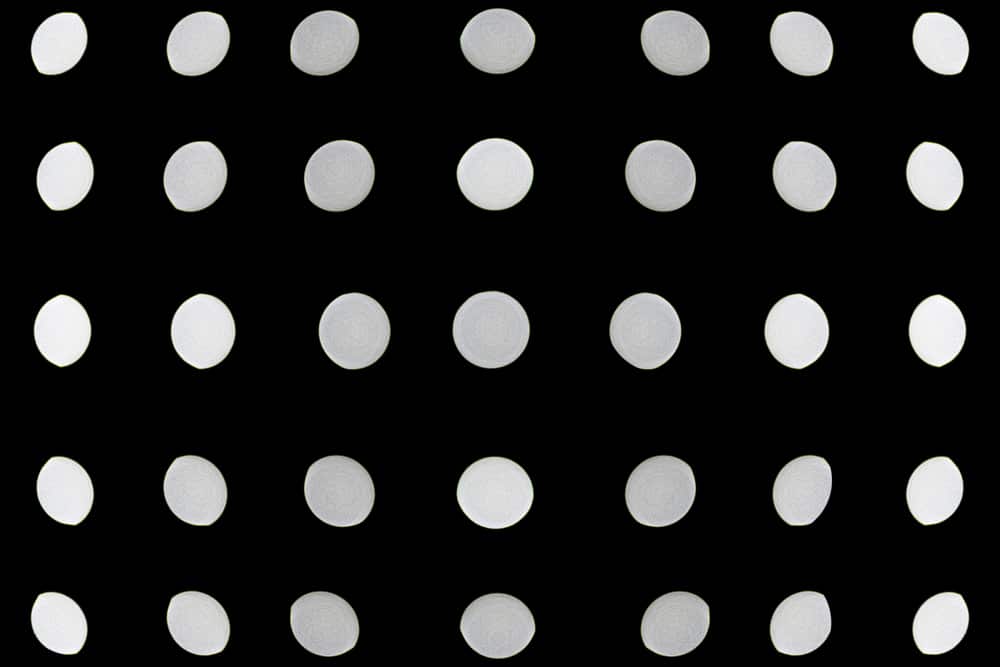This is one in a series of posts on the Nikon Z6 and Z7. You should be able to find all the posts about that camera in the Category List on the right sidebar, below the Articles widget. There’s a drop-down menu there that you can use to get to all the posts in this series; just look for “Nikon Z6/7”.
There have been some uncomplimentary things said about the Nikon 50 mm f/1.8 S bokeh.
There are two pieces to bokeh. The first is what things look like when they are well out of focus (OOF), and the second is how the transition from OOF to in-focus happens. The second is complicated, but the first is very simple. What you see when part of the image is well OOF is each point in the image times the OOF point spread function (PSF, in this case, aka bokeh balls). So you can understand what the bokeh in the OOF regions is gonna look like by looking at the OOF PSF across the frame. After you’ve looked at a few of these images that I’m going to show you here, you can see how the deep-OOF bokeh of just about any lens is going to look like with just about any scene.
The technique that I used to obtain the images below is explained here. I made a change for this set of images, which I think is going to be an improvement. I used an Astrozap artificial star for my light source instead of the LED flashlight. The artificial star is a much better approximation to an ideal point source, but it is rather dim. I moved the camera around and captured the PSFs in one quadrant, then mirrored and assembled them in Photoshop. I used a Z7 for the captures.
Here’s the set of point spread functions:
There is a bit of onion bokeh. That’s most visible in the center PSF. It’s pretty mild, though. There is a bit less than the usual amount of cat’s-eye effect, and the symmetry of the two sides of the eye is good.
There is a bright line circling the perimeter of the PSF, and a darker, thinner line inside it. This is a bit more worrisome than the onion bokeh, in my opinion.
This is a reasonably good performance. I will run another test to look at the transition from in focus to out of focus.

[…] PSFs) for lenses, since it’s a good way to learn the far-OOF bokeh characteristics of a lens. Here’s a set of OOF PSFs from the 50 mm f/2 […]